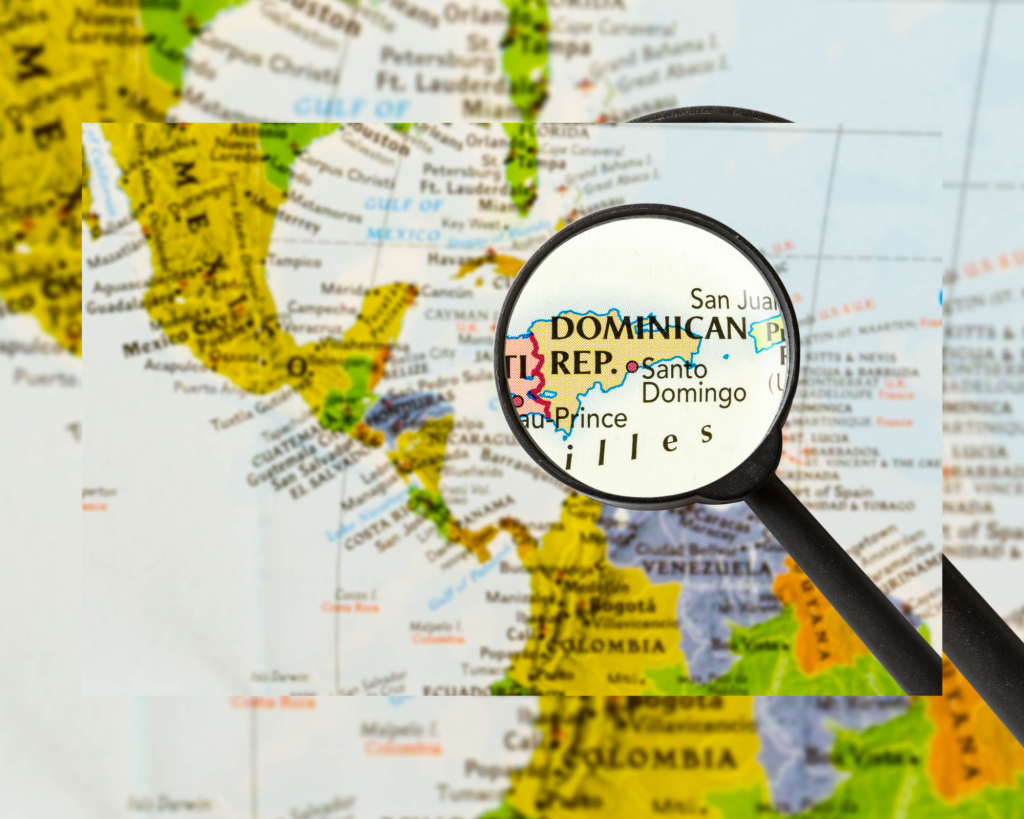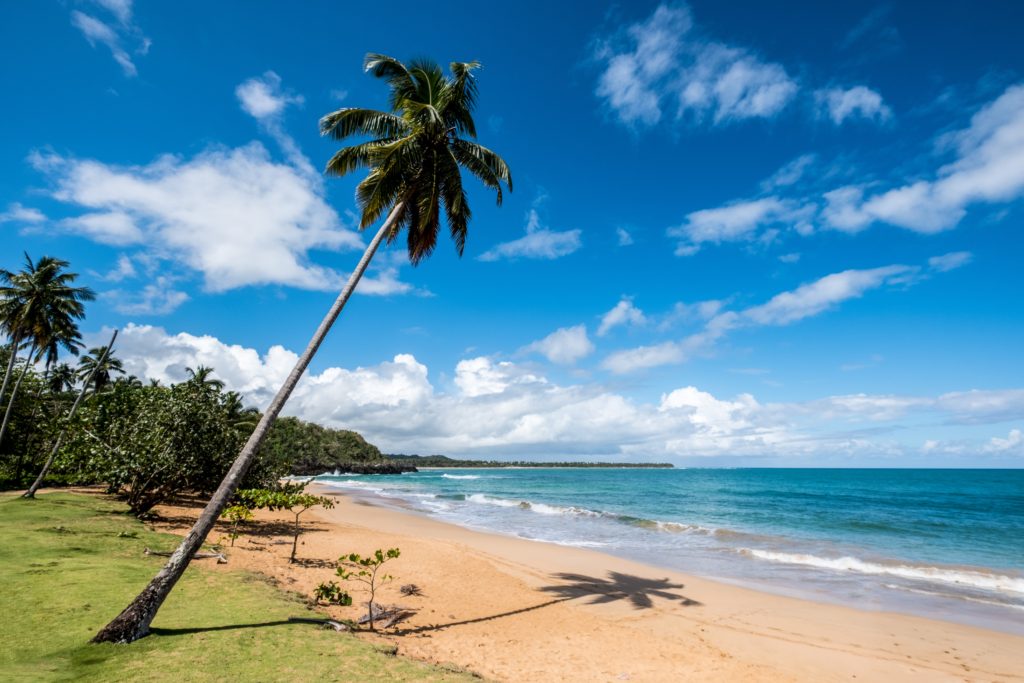
Our first tropical vacation was in the Dominican Republic, and the 8-hour flight was definitely worth it! Ever since you arrive at the airport, which is covered just like tropical huts, you start to enjoy the wonderful weather and all that this country has to offer. We visited the wonderful islands of Catalina and Saona, we participated in a Boogies tour, we enjoyed the capital Santo Domingo and we went to the Imagine Club, which is made in a bat cave. But that’s not all! Find out more about our adventures in the Dominican Republic in the article made especially for you!
Situated on the Caribbean island of Hispaniola, inside the Greater Antilles archipelago, is the nation known as the Dominican Republic. With Haiti, it shares the eastern five-eighths of the island, which makes Hispaniola one of only two Caribbean islands—along with Saint Martin—that are shared by two independent nations. At 48,671 square kilometers (18,792 sq mi), the Dominican Republic is the second-largest country in the Antilles by area (after Cuba), and it ranks third in terms of population, with 10.7 million people as of 2022 (down from 10.8 million in 2020), of which 3.3 million reside in the Santo Domingo metropolitan area. Spanish is the nation’s official language.
The Dominican Republic has the seventh-biggest economy in Latin America and has the largest economy in the Caribbean and Central America, according to the World Bank and the U.S. State Department. The Dominican Republic’s economy has grown at the quickest rate in the Western Hemisphere over the past 25 years, with an average real GDP growth rate of 5.3% between 1992 and 2018. The GDP growth rates in the Western Hemisphere were the highest in 2014 and 2015, with 7.3 and 7.0%, respectively. The Dominican Republic’s GDP expanded by 7.4% in the first half of 2016, carrying on its recent pattern of strong growth.
The island boasts a vast range of climate and wildlife, with an average temperature of 26 °C (78.8 °F). The nation is also home to the first fortress, castle, cathedral, and monastery constructed in the Americas; these structures may be found in Santo Domingo’s Colonial Zone, a World Heritage Site. The Dominican Republic is extremely susceptible to weather-related events.
Photo Source : OanaAlexandra on canva.com
dominican republic on maps

Subscribe to our newsletter
Mining, industry, tourism, and building have all contributed to recent prosperity. The Pueblo Viejo mine, the third-largest gold mine in the world, is located in this nation. Due to the creation of jobs, low inflation (which was less than 1% on average in 2015), and high levels of remittances, private spending has been robust. Thanks to its quick economic expansion, income inequality—which for many years was an unresolved issue—has decreased in the Dominican Republic, which today has a Gini coefficient of 39, which is better than that of the US, Costa Rica, or Chile and comparable to that of Uruguay and Israel. The government has taken action as a result of illegal immigration from Haiti. Tensions between Haitians and Dominicans have developed as a result of immigration from Haiti.
Additionally, 114,050 illegal immigrants from Venezuela reside in the Dominican Republic. The UN claims that the nation suffers from institutionalized racism and racial discrimination, which mostly targets individuals of Haitian descent. The Caribbean’s most popular travel destination is the Dominican Republic. The golf courses are open all year round and are main draws. The Dominican Republic is a geographically diversified country that is home to Lake Enriquillo, the lowest point in the Caribbean, and Pico Duarte, the tallest mountain peak.
In the lowlands and along the coast, the Dominican Republic experiences a tropical rainforest climate. There are places with a tropical savanna climate, like the majority of the Cibao region. The climate of the Dominican Republic is the most variable of all the Antilles because of its varied topography, which causes significant variance in climate over short distances.


